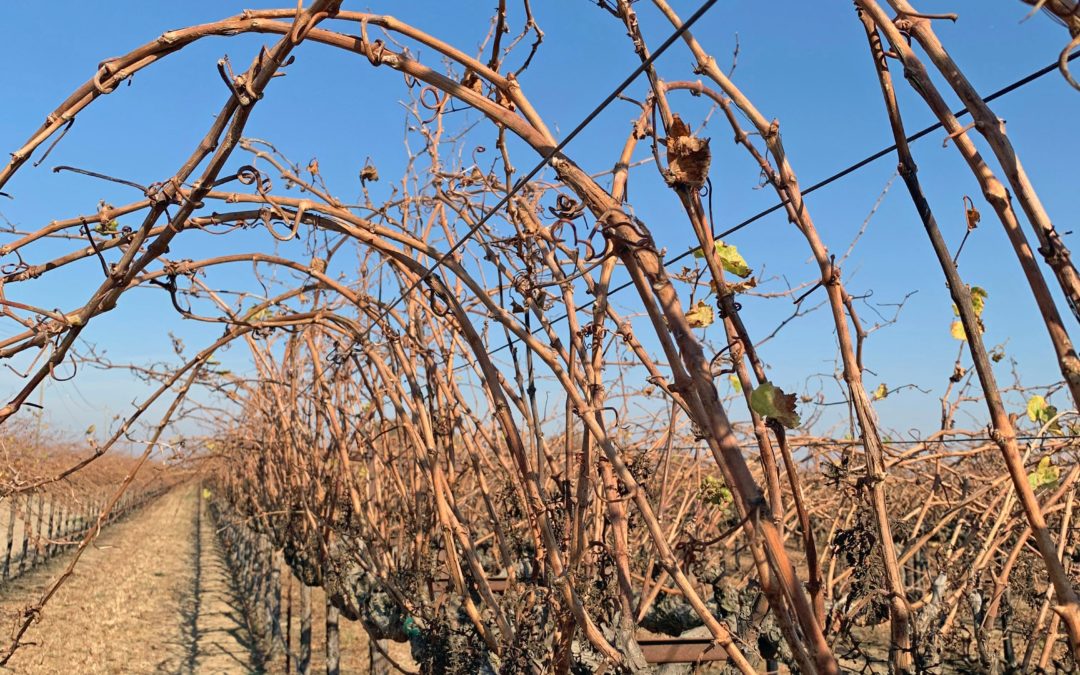
Figure 1. The dormant period is the time between leaf fall and budbreak. (Progressive Viticulture©)
DECEMBER 16, 2019. BY STAN GRANT, VITICULTURIST.
Businesses, including winegrape businesses, never standstill. They are either moving forward or slipping backward relative to their competition. Even during the winter, while the vines are resting dormant, successful vineyard managers are active (Figure 1).
This quiet time in the vineyard is an excellent opportunity for management self-evaluation; reflecting upon things that did and did not work well in the past and where there is room for improvement. Use the results of the self-evaluation to modify vineyard management plans and promote improvements in fruit yields, grape quality, operational efficiency, risk management, profitability, and consequently, sustainability. Plan modifications are routine for growers with vineyards in winegrape certification programs, such as LODI RULES for Sustainable Winegrowing.
By mid-winter, your winery customers are in a position to discuss the past harvest, the quality of your winegrapes, and the quality of the wine they produced. Therefore, it is an appropriate time to check in with them, solicit their feedback about last season, and make plans for the next. Such proactive engagement, which demonstrates your concern for their well-being and that of their product, can strengthen your relationship with them.
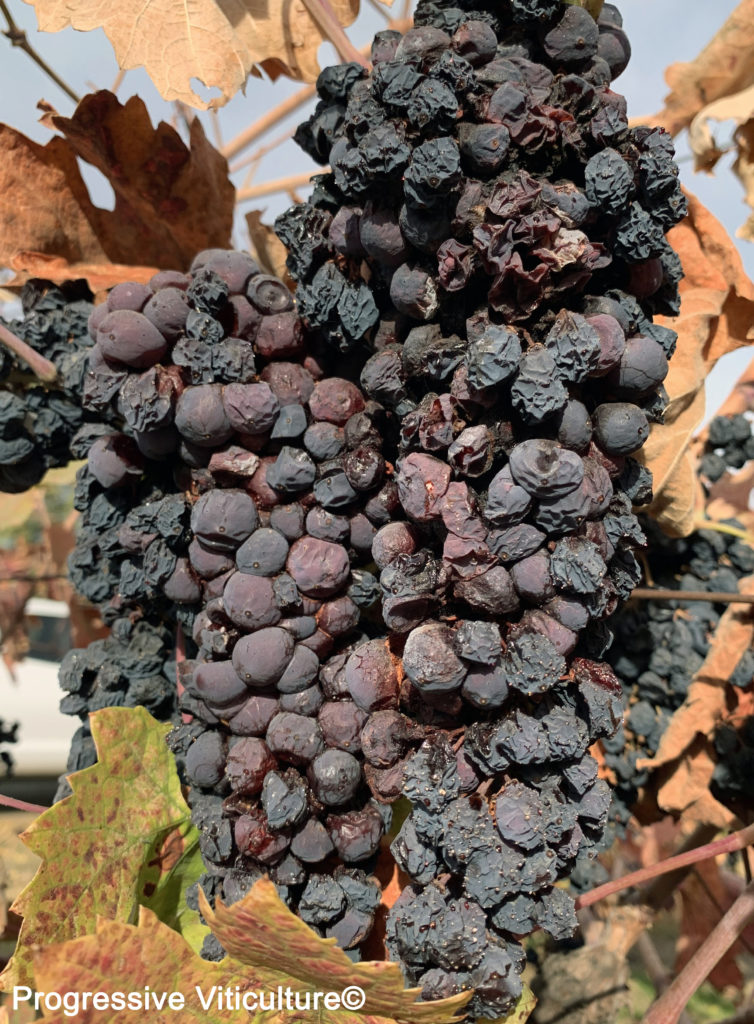
Figure 2. Old, partially mummified grape clusters covered with disease inoculum. (Progressive Viticulture©)
Your capacity to get the products, services and information you need for your business when you need them is essential to your effectiveness, efficiency, control of risk, and profitability. Therefore, relationships with your suppliers are critical to your continued success. The dormant season is typically the best time to meet with them, review the past season and present your plans for the next, and clearly state your expectations of them.
Grapevines are not the only things dormant in the vineyard during winter. Fungal disease inoculum (particles capable of infection) awaits the emergence of susceptible shoot tissues. This is particularly a concern for vineyards with high inoculum levels due to epidemics during the previous season (Figure 2). For most fungal diseases, a late dormant season application of lime sulfur or oil and a DMI (Demethylation Inhibitor) fungicide to the entire vine will significantly reduce inoculum and early season disease pressure. Shredding and disking prunings and mummified clusters is a complimentary sanitation measure for disease management. When conditions are conducive, winter annual weed seeds will break dormancy and emerge, typically requiring control through herbicide treatment or cultivation by late winter.
Although grapevines are dormant, they continue to metabolize at a low level. In dry soils, roots, which consist mainly of water, dry down and their diminished hydration impairs their metabolism. The effects are visible early in the next growing season. They include variable bud break and shoot emergence, and the temporary boron deficiency called the Barnes Effect (Figure 3). To avoid these effects, growers can periodically irrigate during dry winters (Figure 4). This, of course, applies to dry-farmed vineyards, for which winter irrigation not only benefits roots during drought years but can also refill the root zone reservoir ahead of the next growing season.
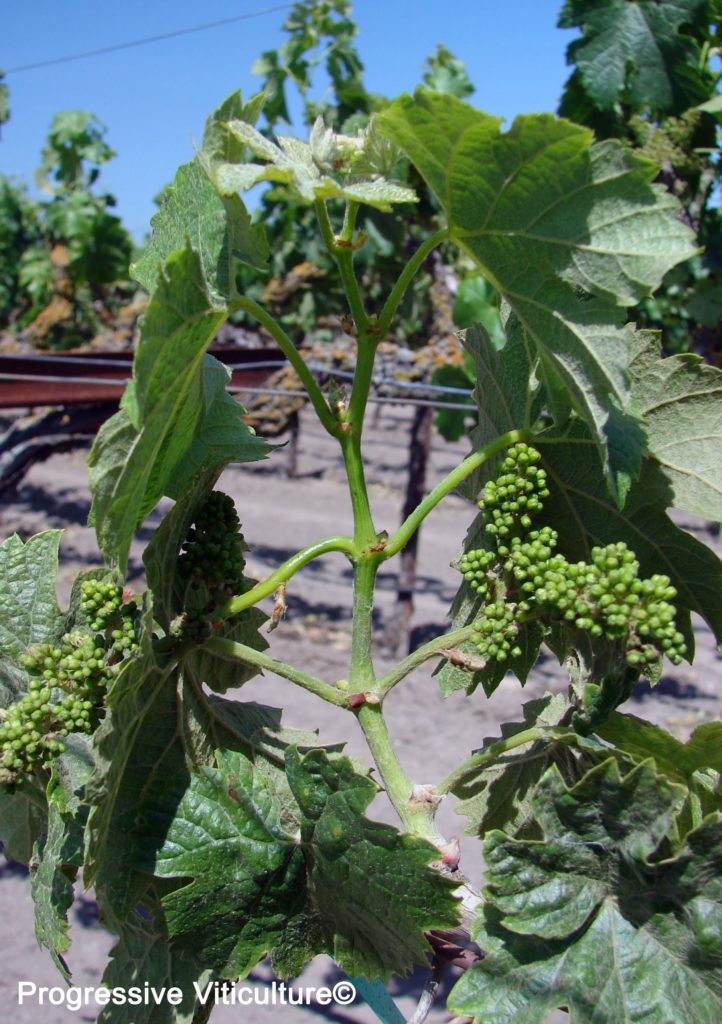
Figure 3. Symptoms of the Barnes Effect include very short internodes, small leaves, and pale lateral buds. (Progressive Viticulture©)
Later, as the end of dormancy approaches, vines take up small amounts of water to increase the hydration of woody tissues and buds. Dry soils, of course, impede water uptake. Very dry soils, on the other hand, can actually pull water out of vines, sometimes leading to bud death. Irrigation of very dry vineyard soils late in the dormant period may avert bud death, but not reduced shoot growth vigor and decreased fruit set. These effects underscore the importance of maintaining moist vineyard soils throughout dormancy.
Of course, applying irrigations requires the irrigation system to be flushed and ready for use, which is another vineyard management activity often executed during the dormant period regardless of soil moisture conditions. This quiet time in vineyard operations is also a good time for maintenance and repair of shops, pumps, and other facilities, as well as vineyard maintenance activities, such as trellis repair, repositioning of movable foliage wires, and vine tying.
Pruning is an essential dormant season vineyard management activity. It is through pruning that vine vigor (i.e. growth energy and resources) from the combination of site factors, vineyard design, and vineyard management inputs is directed into seasonal above-ground vine growth (Figure 5). It determines the potential number of shoots and the clusters they support, as well as their positions in space.
To avoid cordon and trunk diseases, prune late in the dormant period. If you must initiate pruning early, begin with blocks scheduled for removal in the near future and your least susceptible varieties, or protect pruning wounds with a mixture of fungicides. Alternatively, mechanically pre prune and complete the final pruning late in the dormant period.
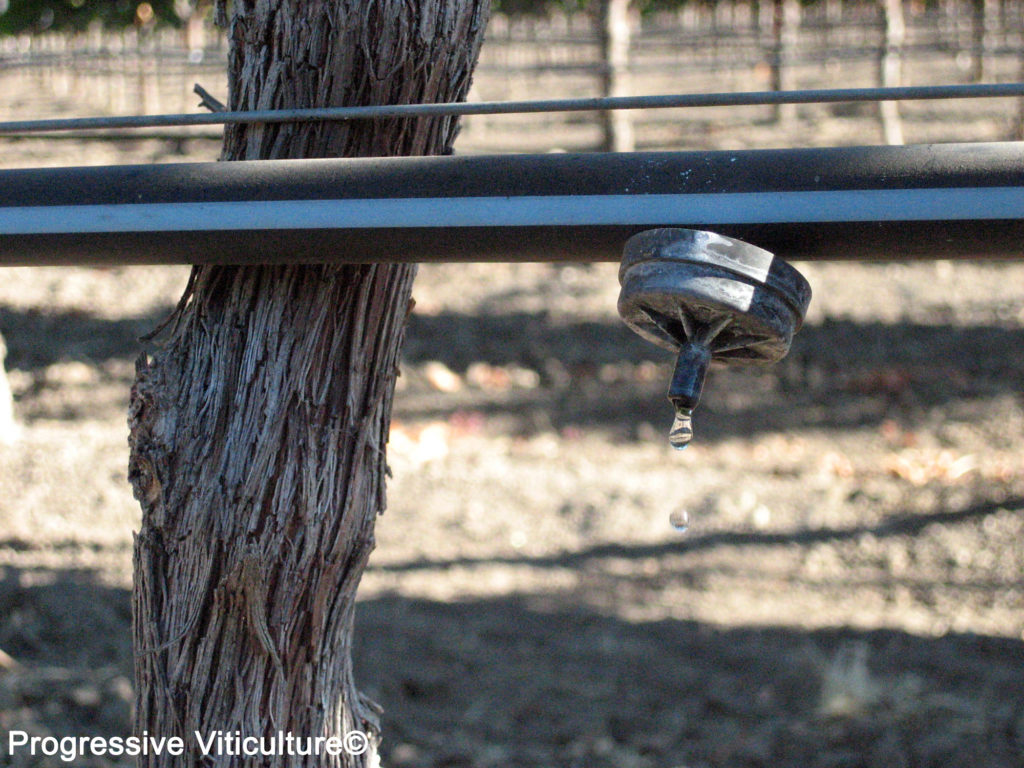
Figure 4. During dry winters, irrigations ensure root tissue hydration and normal vine functions. (Progressive Viticulture©)
To recap, dormancy during the winter applies only to grapevines and not to viable vineyard businesses. For vineyard managers, it is a time to make and revise plans, to maintain or strengthen relationships, to sanitize vineyards and maintain hydrated vines, and to otherwise prepare for the next growing season.
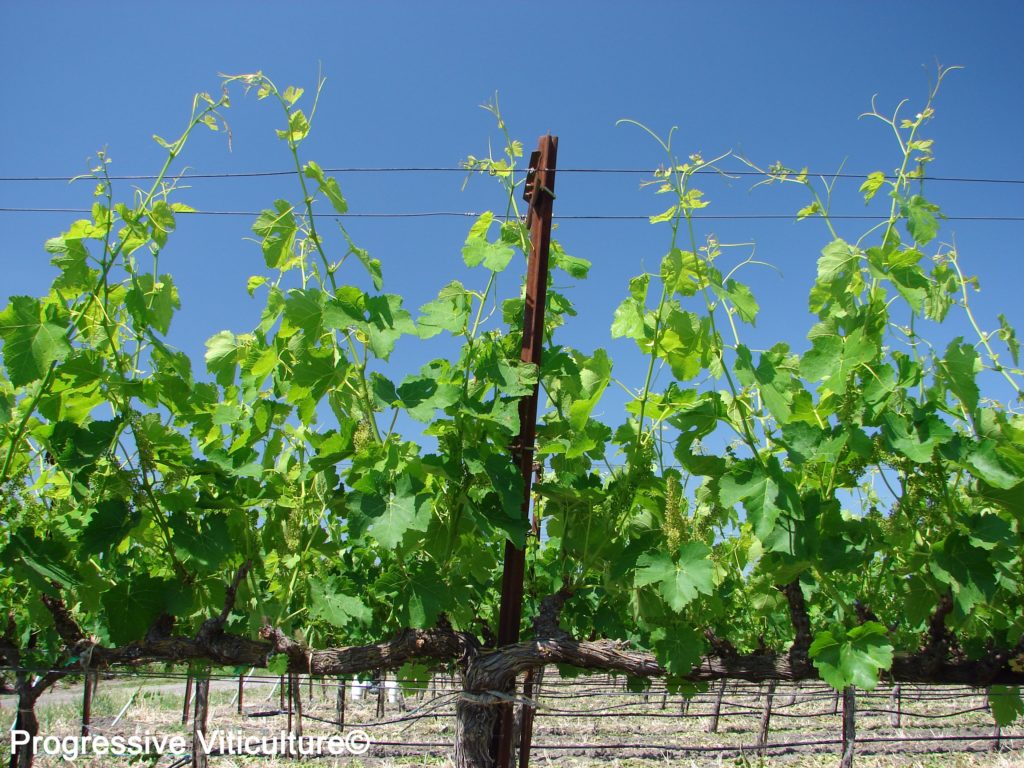
Figure 5. Balanced growth of foliage and fruit resides on a foundation of careful pruning. (Progressive Viticulture©)
A version of this article was originally published in the Mid Valley Agricultural Services January, 2012 newsletter.
Further Reading
Bettiga, LJ (Ed.). Grape pest management. 3rd Ed. University of California Agricultural and Natural Resources Publication 3343. 2013.
Davidson, D. Tightening your vineyard business. Australian and New Zealand Grapegrower and Winemaker. August 2002. pp. 20-21.
Gohil, H. Role of soil moisture at budbreak. Parctical Winery and Vineyard. pp. 56-57. April, 2014.
Grant, S. Vineyard management self-evaluation. Lodi Winegrape Commission Coffee Shop. November 18, 2013. https://www.lodigrowers.com/vineyard-management-self-evaluation/
Grant, S. Optimized pruning using spurs on cordon trained vines. Lodi Winegrape Commission Coffee Shop. December 09, 2013. https://www.lodigrowers.com/optimized-pruning-using-spurs-on-cordon-trained-grapevines/
Grant, S. Winegrape business planning for the future. Lodi Winegrape Commission Coffee Shop. January 14, 2019. https://www.lodigrowers.com/wine-grape-business-planning-for-the-future/
Kay, R. D., and W. M. Edwards. Farm business analysis. pp. 301-325. In Farm Management. McGraw-Hill, New York, 1994.
Kramer, PJ. Plant water relations. Academic Press, San Diego. 1983.
Kramer, PJ. Physiology of woody plants. Academic Press, San Diego. 1979.
University of California Integrated Pest Management Guidelines: http://ipm.ucanr.edu/PMG/selectnewpest.grapes.html
Winkler, AJ: Cook, JA; Kliewer, WM; Lider, LA. General Viticulture. Univ. Calif., Berkeley (1974).
Have something interesting to say? Consider writing a guest blog article!
To subscribe to the Coffee Shop Blog, send an email to stephanie@lodiwine.com with the subject “blog subscribe.”
To join the Lodi Growers email list, send an email to stephanie@lodiwine.com with the subject “grower email subscribe.”
To receive Lodi Grower news and event promotions by mail, send your contact information to stephanie@lodiwine.com or call 209.367.4727.
For more information on the wines of Lodi, visit the Lodi Winegrape Commission’s consumer website, lodiwine.com.

